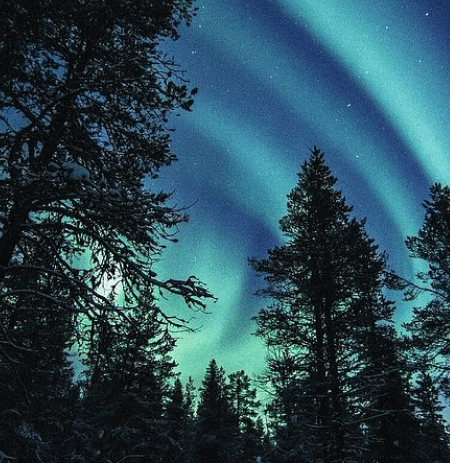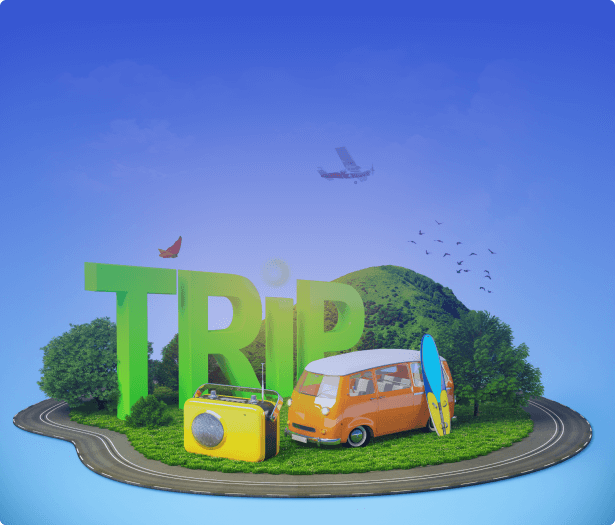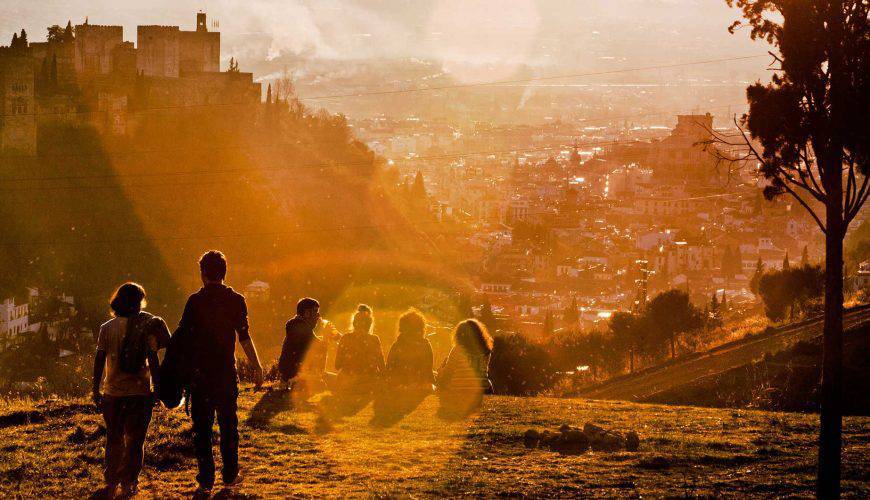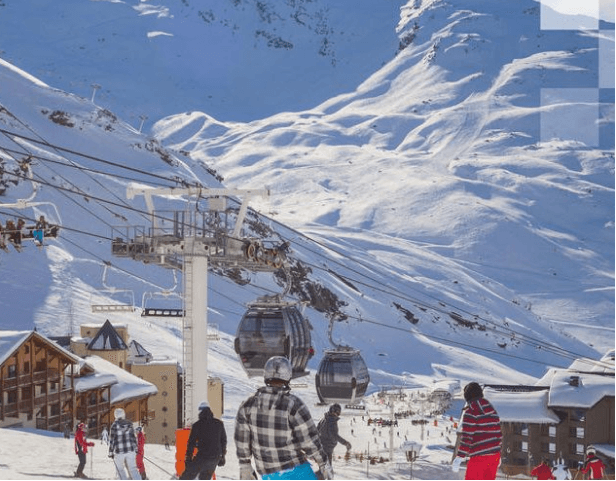The best times & places to see the Northern Lights in Iceland

The Northern Lights (Aurora Borealis) are visible in Iceland from:
📅 Late September → Early April
During this period, nights are long and dark — giving you the best chance to witness the lights.
-
Peak months: October to March
-
Best viewing hours: 10 PM to 2 AM
-
Avoid: Full moon nights and city light pollution.
-
Tip: Check the Icelandic Meteorological Office Aurora Forecast before heading out.
🏞️ Top Places to See the Northern Lights
1. Thingvellir National Park
📍 About 40 minutes from Reykjavík
-
A UNESCO World Heritage Site and part of the Golden Circle.
-
Wide open skies and low light pollution make it one of Iceland’s best aurora spots.
-
Bonus: You’ll be standing between the North American and Eurasian tectonic plates — an unforgettable setting!
2. Reykjavík (City Viewpoints)
📍 Grotta Lighthouse or Öskjuhlíð Hill
-
You can sometimes see the aurora right from the capital on clear nights.
-
Grotta Lighthouse offers a peaceful view across the sea, away from city glare.
-
Tip: Visit local cafés or geothermal pools during the day, and chase the lights at night.
3. Jökulsárlón Glacier Lagoon
📍 Southeast Iceland
-
Imagine the Northern Lights reflecting off floating icebergs — pure magic.
-
Often called the most photogenic spot for aurora watching.
-
Combine it with visits to Diamond Beach and Vatnajökull National Park.
4. Vík í Mýrdal
📍 South Coast
-
A small coastal village surrounded by black sand beaches and sea cliffs.
-
Fewer crowds, and when the lights appear above the Reynisdrangar sea stacks — it’s breathtaking.
5. Akureyri
📍 North Iceland
-
Known as the “Capital of the North.”
-
Clearer skies and longer nights make for excellent Northern Lights visibility.
-
Great base to explore the nearby Lake Mývatn area — another aurora hotspot.
6. Snæfellsnes Peninsula
📍 West Iceland
-
Sometimes called “Iceland in Miniature” for its mix of mountains, beaches, and lava fields.
-
Low light pollution and dramatic landscapes make it perfect for aurora photography.
-
Visit Kirkjufell mountain — it’s one of the most iconic backdrops for Northern Lights shots.
Related content
Interdum et malesuada fames





